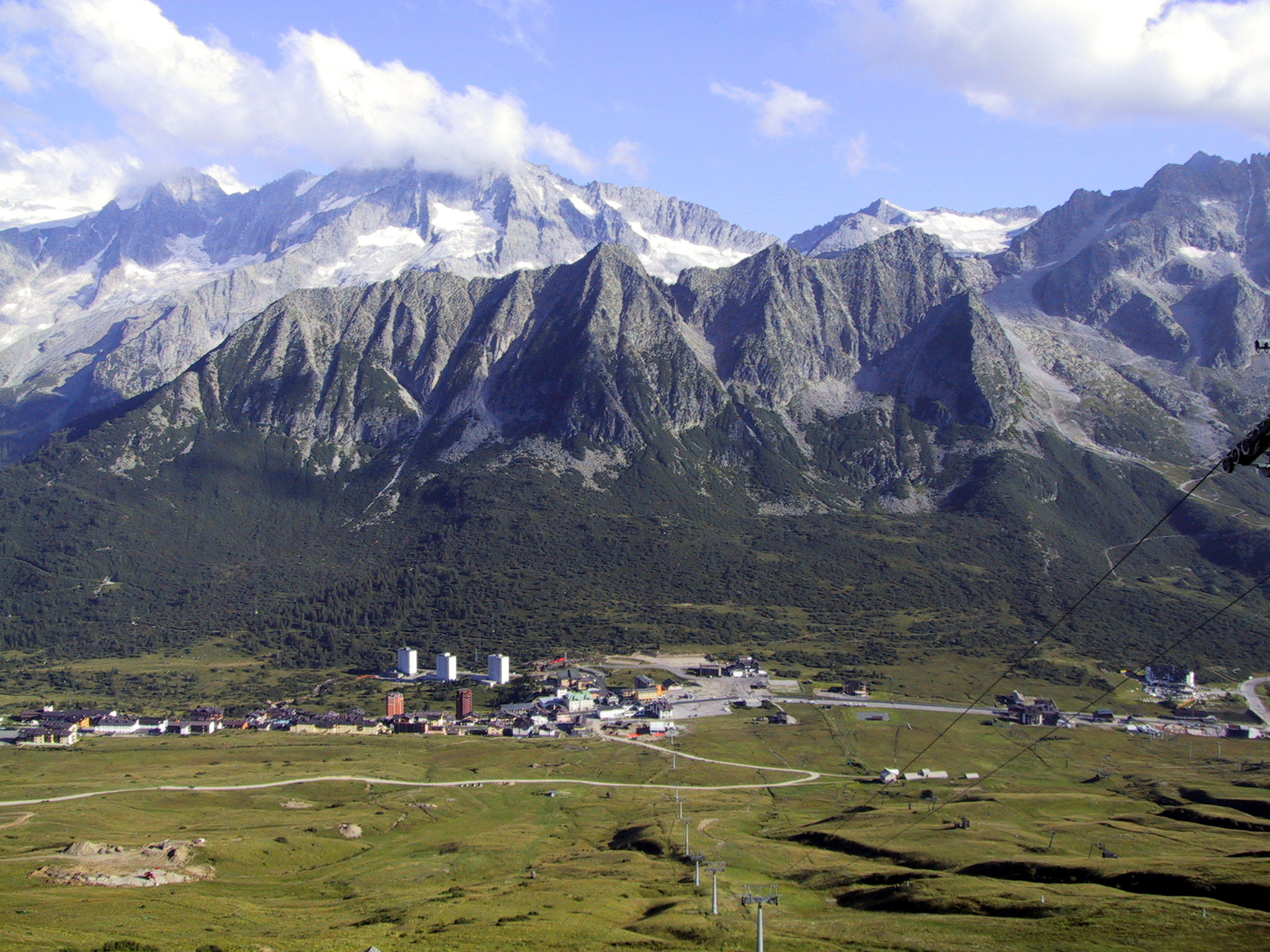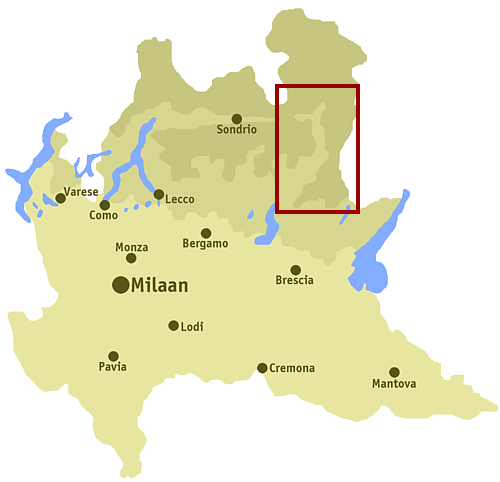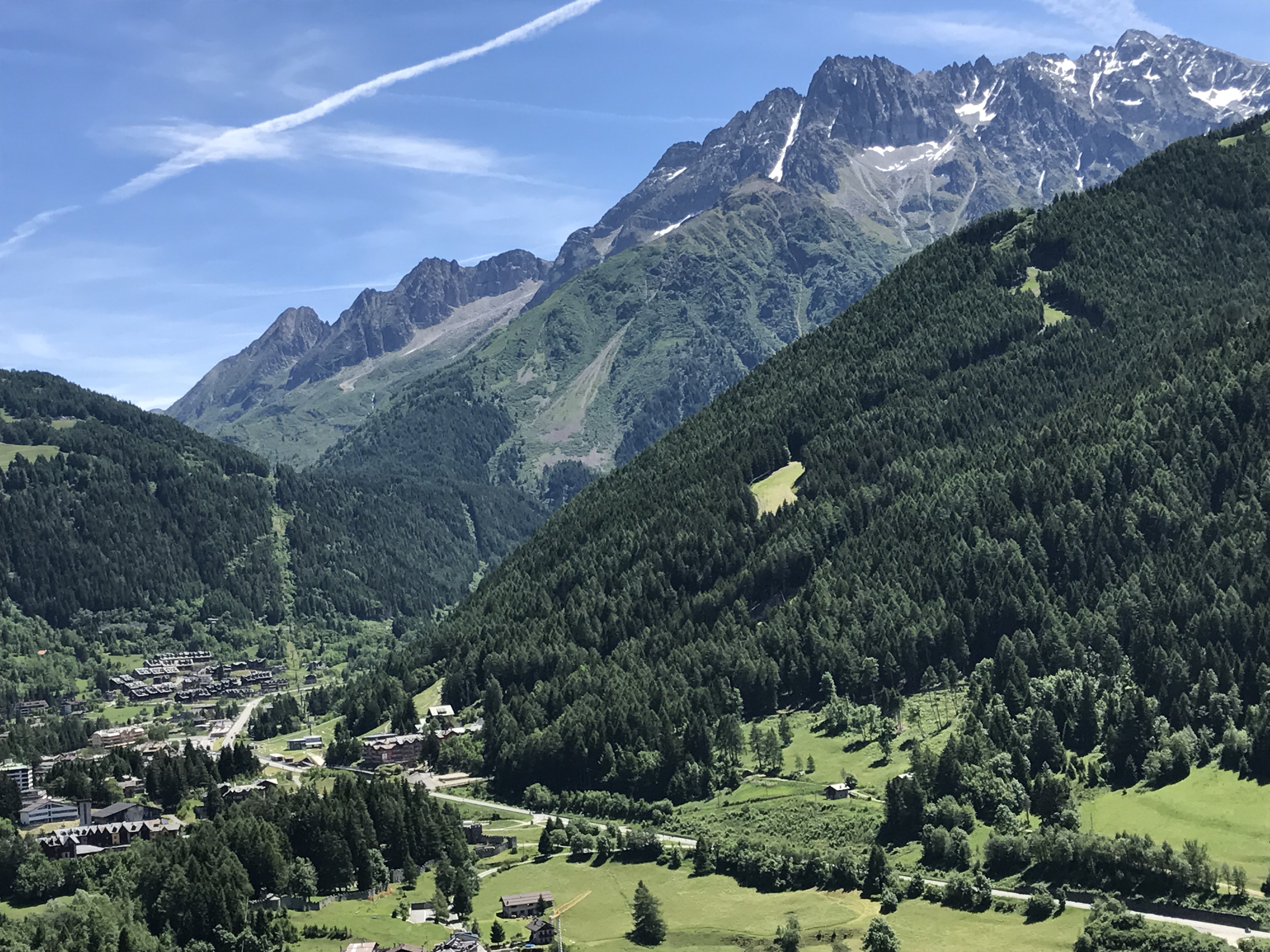|
Temù
Temù ( Camunian: ) is an Italian ''comune'' of 1,113 inhabitants (As of 2016) in the province of Brescia, in Lombardy, Italy. Geography It is situated on the river Oglio, in the upper Val Camonica. It is composed of two districts: Pontagna (1.164 m.) and Villa Dalegno (1.380 m.). Monuments and Attractions Religious Architecture Temù has three main churches: *''San Bartolomeo Apostolo'': it was renovated in the 19th century and its structure dates back to the 16th century. The gate is made of marble from Vezza d'Oglio. *''Sant'Alessandro'': it is located in the street which goes to Vione. The structure dates back to the 16th century, but the bell tower dates back to the 13th century. *''Santi Martiri'': it is situated in Lecanù and dates back to the 16th century. Culture Museums Temù hosts the Museo della Guerra Bianca in Adamello (Museum of the White War in Adamello). Economy Tourism Nowadays, despite the presence of beautiful natural resources which coul ... [...More Info...] [...Related Items...] OR: [Wikipedia] [Google] [Baidu] |
Province Of Brescia
The province of Brescia (; Brescian: ) is a Provinces of Italy, province in the Lombardy region of Italy. It has a population of some 1,265,964 (as of January 2019) and its capital is the city of Brescia.With an area of 4,785 km2, it is the biggest province of Lombardy. It is also the second province of the region for the number of inhabitants and fifth in Italy (first, excluding Metropolitan cities of Italy, metropolitan cities). It borders the province of Sondrio to the north and north west, the province of Bergamo to the west, the province of Cremona to the south west and south, the province of Mantua to the south. On its northeastern border, Lake GardaItaly's largestis divided between Brescia and the neighboring provinces of Province of Verona, Verona (Veneto region) and Trentino (Trentino-Alto Adige/Südtirol region). The province stretches between Lake Iseo in the west, Lake Garda in the east, the Southern Rhaetian Alps in the north and the Lombardian plains in the sou ... [...More Info...] [...Related Items...] OR: [Wikipedia] [Google] [Baidu] |
Museum Of The White War In Adamello
The Museum of the White War in Adamello is an Italian museum located in Temù, in the Upper Val Camonica, in the province of Brescia. It is devoted to the conservation and valorization of military-historic heritage coming from the First World War and especially from the so-called White War The White War (, , ) is the name given to the fighting in the high-altitude Alpine sector of the Italian front during the First World War, principally in the Dolomites, the Ortles-Cevedale Alps and the Adamello-Presanella Alps. More than two ... in Adamello-Presanella which was the Italian front between Stelvio Pass and Garda Lake during that war.''Museo della Guerra Bianca'', museoguerrabianca.it. URL consultato il 13 ottobre 2015 Notes References * Belotti Walter, ''Le testimonianze della Grande Guerra nel settore bresciano del Parco Nazionale dello Stelvio'', Parco Nazionale dello Stelvio, 2001 * Paolo Robbiati, Guerra Bianca Ortles - Cevedale - Adamello 1915–1916, Edizioni Mur ... [...More Info...] [...Related Items...] OR: [Wikipedia] [Google] [Baidu] |
Val Camonica
Val Camonica or Valcamonica (), also Valle Camonica and anglicized as Camonica Valley, is one of the largest valleys of the central Alps, in eastern Lombardy, Italy. It extends about from the Tonale Pass to Corna Trentapassi, in the commune of Pisogne near Lake Iseo. It has an area of about Area of the municipalities, excluding Val di Scalve and 118,323 inhabitants.Sum of Istituto Nazionale di Statistica, ISTAT data of communes at 31 December 2007 The River Oglio runs through its full length, rising at Ponte di Legno and flowing into Lake Iseo between Pisogne and Costa Volpino. Almost all of the valley is included in the administrative territory of the province of Brescia, except for Lovere, Rogno, Costa Volpino and the Val di Scalve, which belong to the province of Bergamo. Since 1979, the Rock Drawings in Valcamonica, rock drawings located along the valley are a UNESCO World Heritage Site, while the entire valley became a UNESCO World Biosphere Reserve in 2018. Etym ... [...More Info...] [...Related Items...] OR: [Wikipedia] [Google] [Baidu] |
Vione
Vione ( Camunian: ) is a ''comune'' in the province of Brescia, in Lombardy. It is situated above the right bank of the river Oglio, in upper Val Camonica. Neighbouring communes are Edolo, Ponte di Legno, Temù and Vezza d'Oglio Vezza d'Oglio (Camunian dialect, Camunian: ) is a ''comune'' in the province of Brescia, in Lombardy, northern Italy. It is located in the upper Val Camonica, Camonica Valley. Origins of the name Legend has it that a flood destroyed the ancien .... Its coat of arms shows a castle with an eagle over it. References Cities and towns in Lombardy {{Brescia-geo-stub ... [...More Info...] [...Related Items...] OR: [Wikipedia] [Google] [Baidu] |
Ponte Di Legno
Ponte di Legno (Camunian dialect, Camunian: ) is an Italian ''comune'' of 1,729 inhabitants in Val Camonica, province of Brescia, in Lombardy. Geography Situated at the confluence of the two source rivers (Frigidolfo and Narcanello) of the Oglio, Ponte di Legno is the uppermost comune of Valle Camonica. History The territory of the municipality of Ponte di Legno was part of the ancient Dalaunia (Dalegno), which included also the comune of Temù. On September 27, 1917 the village was bombarded by Austrian cannons and razed to the ground in a short time. Monuments and places of interest Religious architectures The churches of Ponte di Legno are: * Parish of the Holy Trinity, dated 1685, though the wooden door is from 1929. Inside there are works from the workshop of Ramus. * Church St. Appollonio in Plampezzo. It is an ancient church dating from the twelfth century, with frescoes of the thirteenth century of the hand of the painter Johannes from Volpino. Society Demographic ... [...More Info...] [...Related Items...] OR: [Wikipedia] [Google] [Baidu] |
Map Of Comune Of Temù In Val Camonica (LG)
A map is a symbolic depiction of interrelationships, commonly spatial, between things within a space. A map may be annotated with text and graphics. Like any graphic, a map may be fixed to paper or other durable media, or may be displayed on a transitory medium such as a computer screen. Some maps change interactively. Although maps are commonly used to depict geographic elements, they may represent any space, real or fictional. The subject being mapped may be two-dimensional such as Earth's surface, three-dimensional such as Earth's interior, or from an abstract space of any dimension. Maps of geographic territory have a very long tradition and have existed from ancient times. The word "map" comes from the , wherein ''mappa'' meant 'napkin' or 'cloth' and ''mundi'' 'of the world'. Thus, "map" became a shortened term referring to a flat representation of Earth's surface. History Maps have been one of the most important human inventions for millennia, allowing humans t ... [...More Info...] [...Related Items...] OR: [Wikipedia] [Google] [Baidu] |
Camunian Dialect
Eastern Lombard is a group of closely related variants of Lombard language, Lombard, a Gallo-Italic languages, Gallo-Italic language spoken in Lombardy, mainly in the provinces of Bergamo, Brescia and Mantua, in the area around Cremona and in parts of Trentino. Its main variants are Bergamasque and Brescian. In Italian-speaking contexts, Eastern Lombard is often called as ''dialetti'' (), understood to mean not a variety of Italian language, Italian, but a local language that is part of the Romance languages dialect continuum that pre-dates the establishment of Tuscan-based Italian. Eastern Lombard and Italian language, Italian have only limited mutual intelligibility, like many other Romance languages spoken in Italy. Eastern Lombard does not have any official status either in Lombardy or anywhere else: the only official language in Lombardy is Italian language, Italian. Classification Eastern Lombard is a Romance languages, Romance language of the Gallo-Italic branch, clos ... [...More Info...] [...Related Items...] OR: [Wikipedia] [Google] [Baidu] |
Comune
A (; : , ) is an administrative division of Italy, roughly equivalent to a township or municipality. It is the third-level administrative division of Italy, after regions () and provinces (). The can also have the City status in Italy, title of (). Formed according to the principles consolidated in Medieval commune, medieval municipalities, the is provided for by article 114 of the Constitution of Italy. It can be divided into , which in turn may have limited power due to special elective assemblies. In the autonomous region of the Aosta Valley, a is officially called a in French. Overview The provides essential public services: Civil registry, registry of births and deaths, registry of deeds, and maintenance of local roads and public works. Many have a (), which is responsible for public order duties. The also deal with the definition and compliance with the (), a document that regulates the building activity within the communal area. All communal structures ... [...More Info...] [...Related Items...] OR: [Wikipedia] [Google] [Baidu] |
Lombardy
The Lombardy Region (; ) is an administrative regions of Italy, region of Italy that covers ; it is located in northern Italy and has a population of about 10 million people, constituting more than one-sixth of Italy's population. Lombardy is located between the Alps mountain range and tributaries of the river Po (river), Po, and includes Milan, its capital, the largest metropolitan area in the country, and among the largest in the EU. Its territory is divided into 1,502 ''comuni'' (the region with the largest number of ''comuni'' in the entire national territory), distributed among twelve administrative subdivisions (eleven Provinces of Italy, provinces plus the Metropolitan City of Milan). The region ranks first in Italy in terms of population, population density, and number of local authorities, while it is fourth in terms of surface area, after Sicily, Piedmont, and Sardinia. It is the second-most populous Region (Europe), region of the European Union (EU), and the List of ... [...More Info...] [...Related Items...] OR: [Wikipedia] [Google] [Baidu] |
Italy
Italy, officially the Italian Republic, is a country in Southern Europe, Southern and Western Europe, Western Europe. It consists of Italian Peninsula, a peninsula that extends into the Mediterranean Sea, with the Alps on its northern land border, as well as List of islands of Italy, nearly 800 islands, notably Sicily and Sardinia. Italy shares land borders with France to the west; Switzerland and Austria to the north; Slovenia to the east; and the two enclaves of Vatican City and San Marino. It is the List of European countries by area, tenth-largest country in Europe by area, covering , and the third-most populous member state of the European Union, with nearly 59 million inhabitants. Italy's capital and List of cities in Italy, largest city is Rome; other major cities include Milan, Naples, Turin, Palermo, Bologna, Florence, Genoa, and Venice. The history of Italy goes back to numerous List of ancient peoples of Italy, Italic peoples—notably including the ancient Romans, ... [...More Info...] [...Related Items...] OR: [Wikipedia] [Google] [Baidu] |
Oglio
The Oglio (; or ; , ) is a left-side tributary of the river Po in Lombardy, Italy. It is long. In the hierarchy of the Po's tributaries, with its of length, it occupies the 2nd place per length (after the river Adda), while it is the 4th per basin surface (after Tanaro, Adda and Ticino), and the 3rd per average discharge at the mouth (after Ticino and Adda). Overview The Oglio is formed from the confluence of two mountain streams, the Narcanello branch from the Presena Glacier, in the Adamello group and the Frigidolfo branch, in the Corno dei Tre Signori, part of the Stelvio National Park. The streams merge near Pezzo di Ponte di Legno, both the streams have an average discharge of . The Frigidolfo branch, before merging with Narcanello branch, receives the Arcanello branch, which have an average discharge of , which receives a minor branch originating from Lake Ercavallo. The Ogliolo stream, with an average discharge of and a length of (similar to the length of the ... [...More Info...] [...Related Items...] OR: [Wikipedia] [Google] [Baidu] |
Chiesa Dei SS Martiri - Lecanù - Temù (Foto Luca Giarelli)
Chiesa (Italian, 'church') may refer to: People with the surname *Andrea Chiesa (born 1966), Swiss Formula One racer * Anthony della Chiesa (1394–1459), Italian Dominican friar * Bruno della Chiesa (born 1962), European linguist *Deborah Chiesa (born 1996), Italian tennis player * Enrico Chiesa (born 1970), Italian footballer *Federico Chiesa (born 1997), Italian footballer, son of Enrico Chiesa * Gemma Sena Chiesa (1929–2024), Italian archaeologist *Giacomo della Chiesa (1854-1922), Italian bishop, became Pope Benedict XV * Giulietto Chiesa (1940-2020), Italian journalist and politician * Giulio Chiesa (1928-2010), Italian pole vaulter *Gordon Chiesa, American basketball coach * Guido Chiesa (born 1959), Italian director and screenwriter * Jeffrey S. Chiesa (born 1965), U.S. Senator; American lawyer; former Attorney General of New Jersey * Laura Chiesa (born 1971), Italian fencer *Marco Chiesa (born 1974), Swiss politician *Mario Chiesa (cyclist) (born 1966), Italian cyclist * ... [...More Info...] [...Related Items...] OR: [Wikipedia] [Google] [Baidu] |



